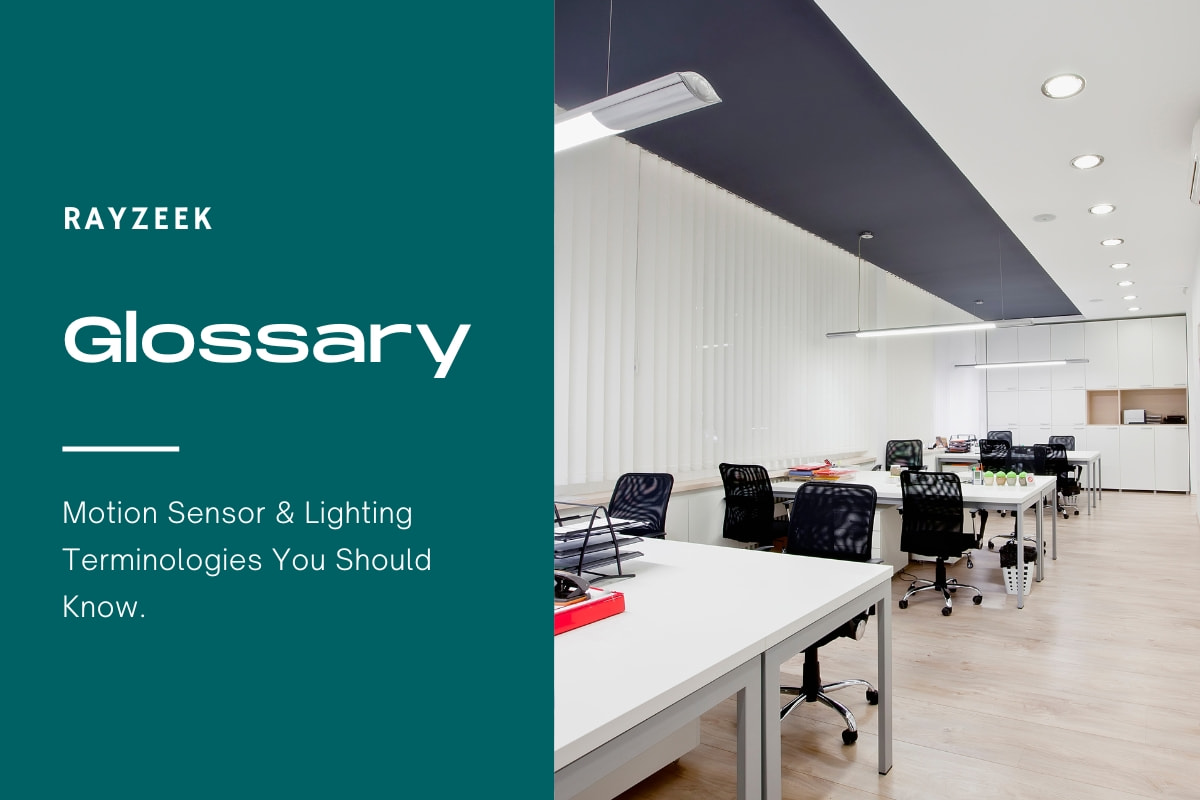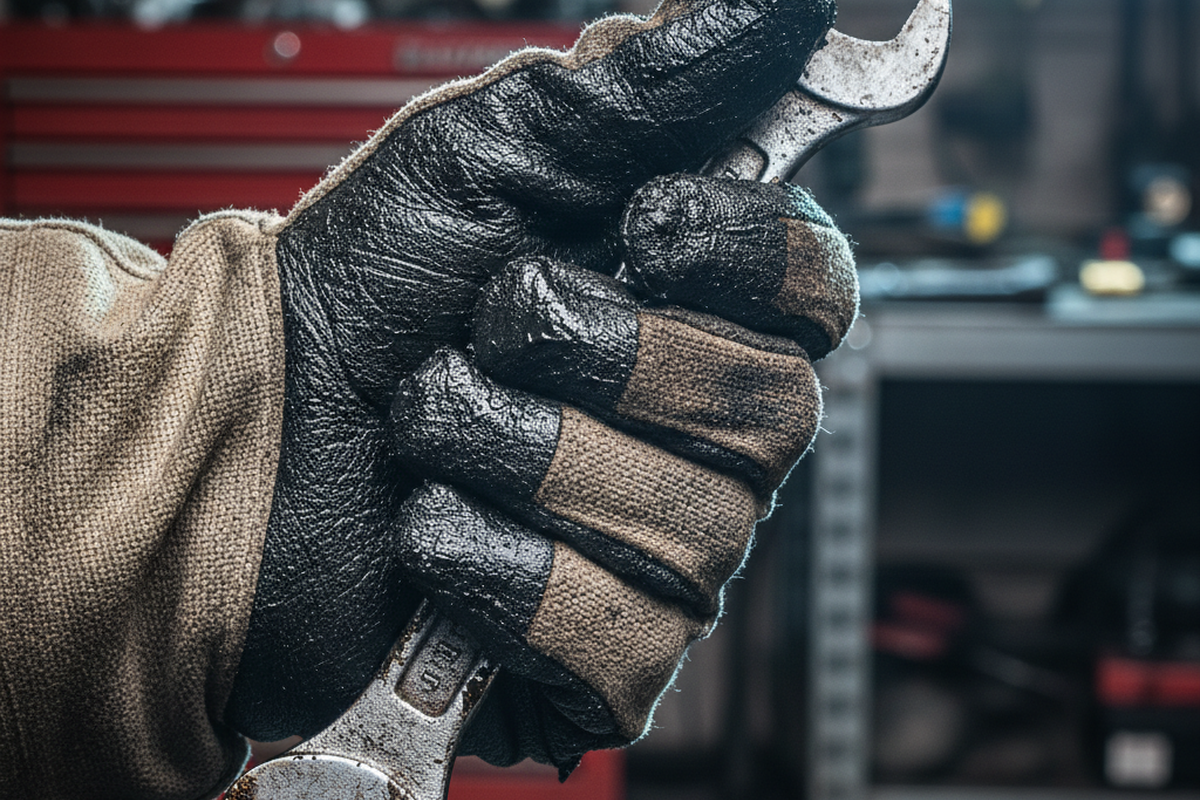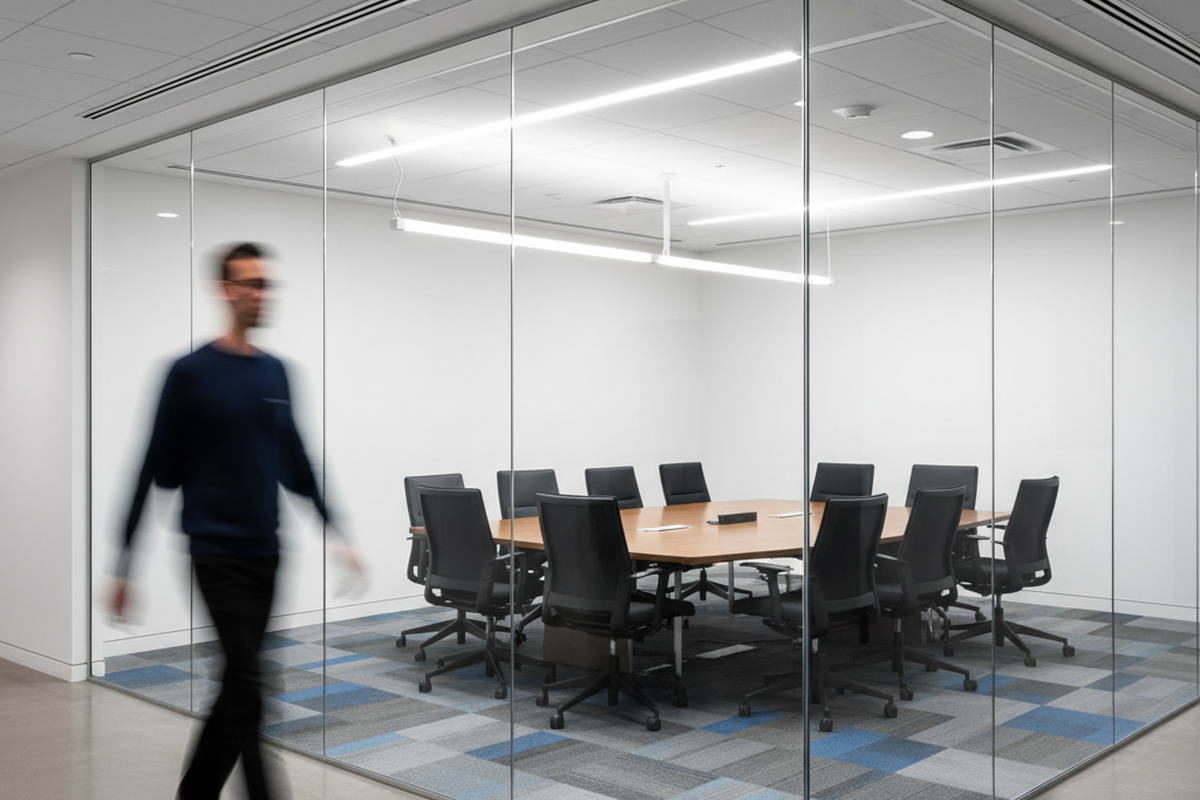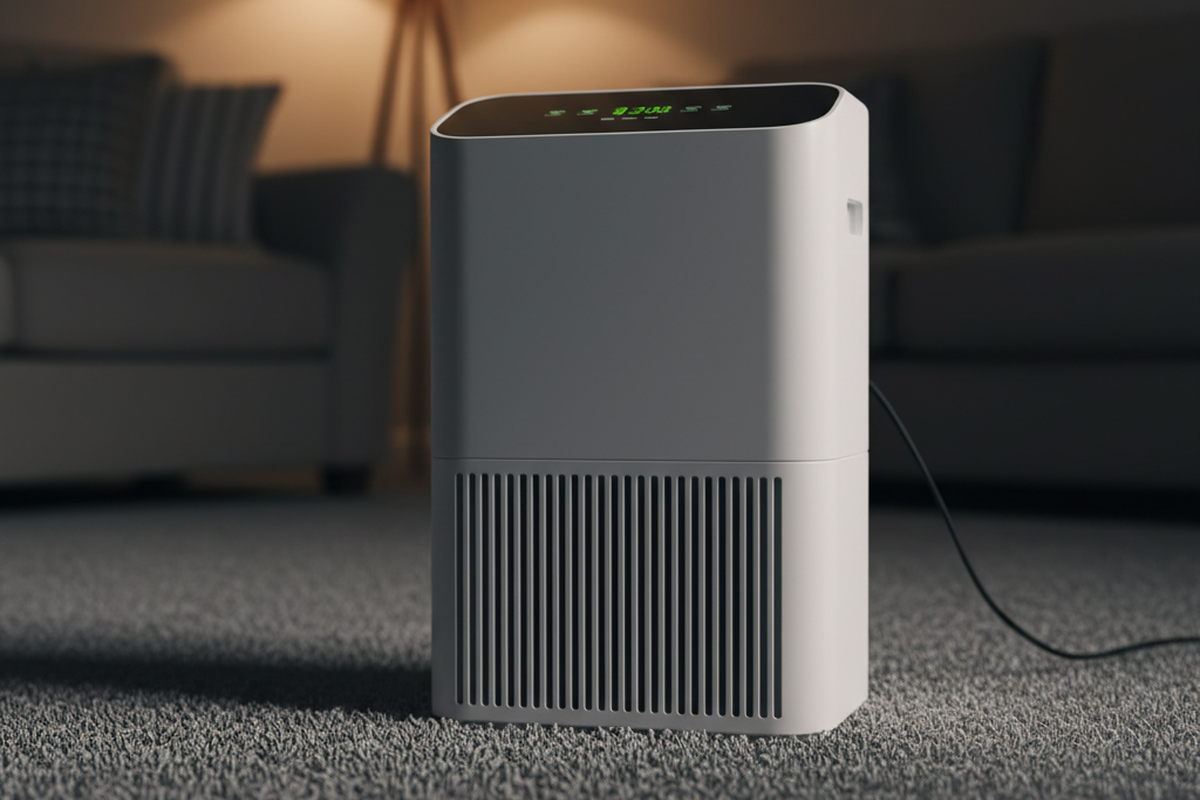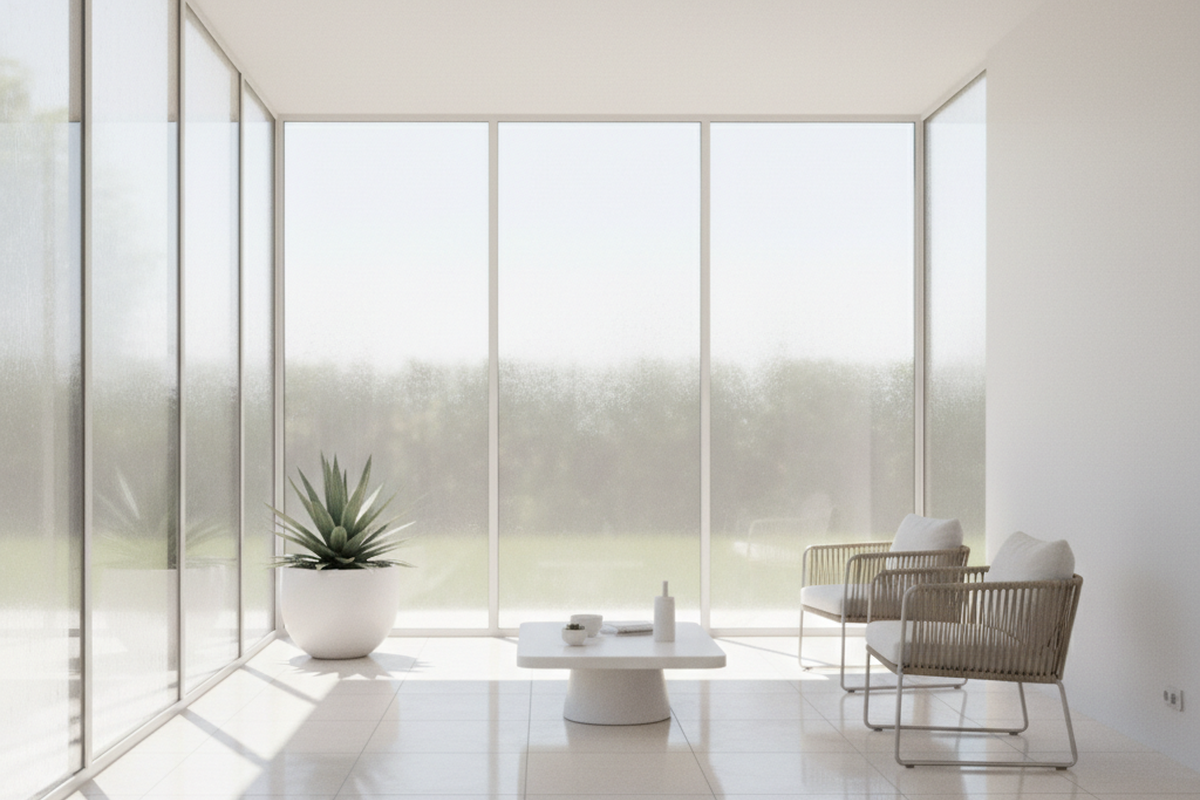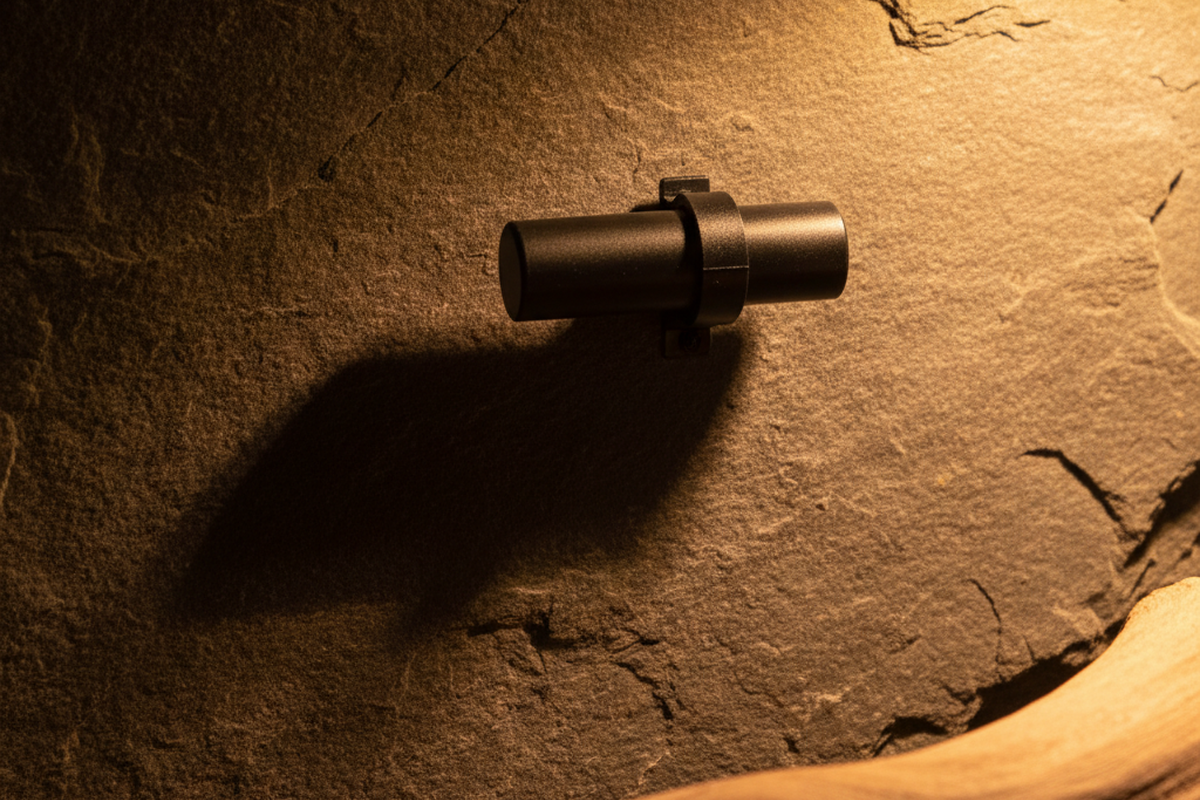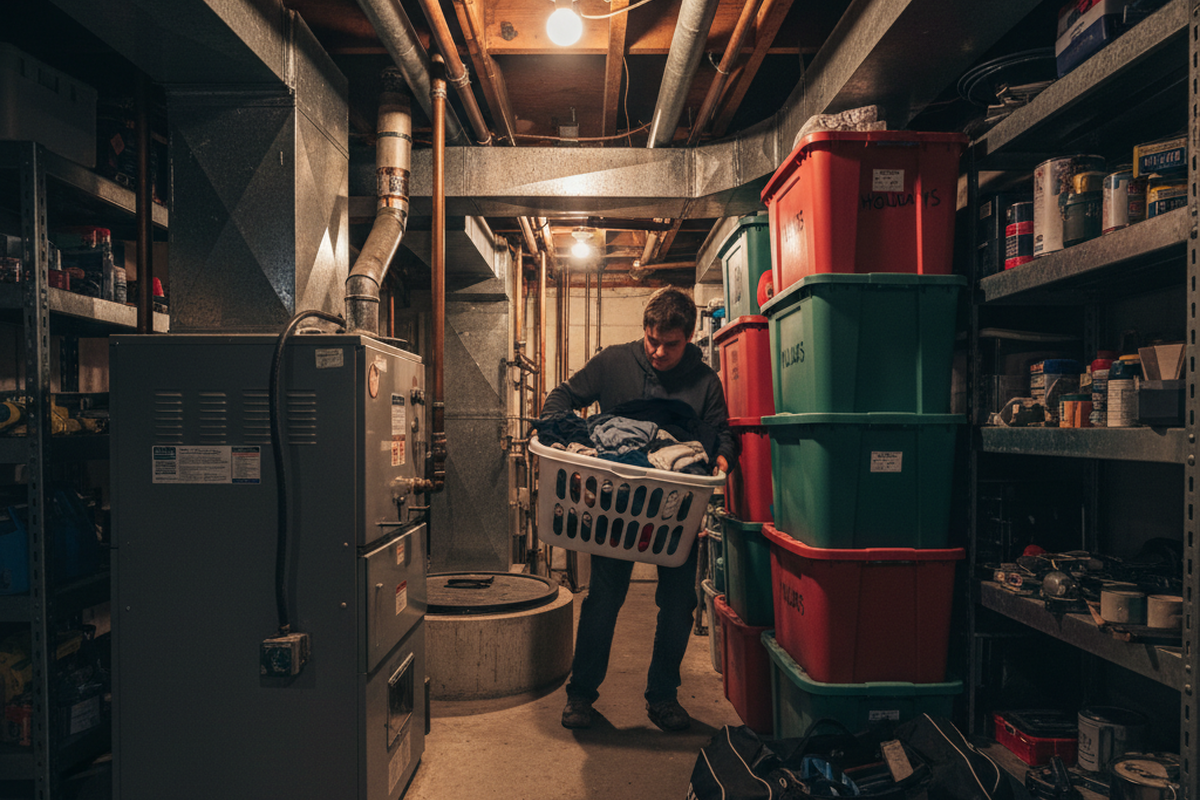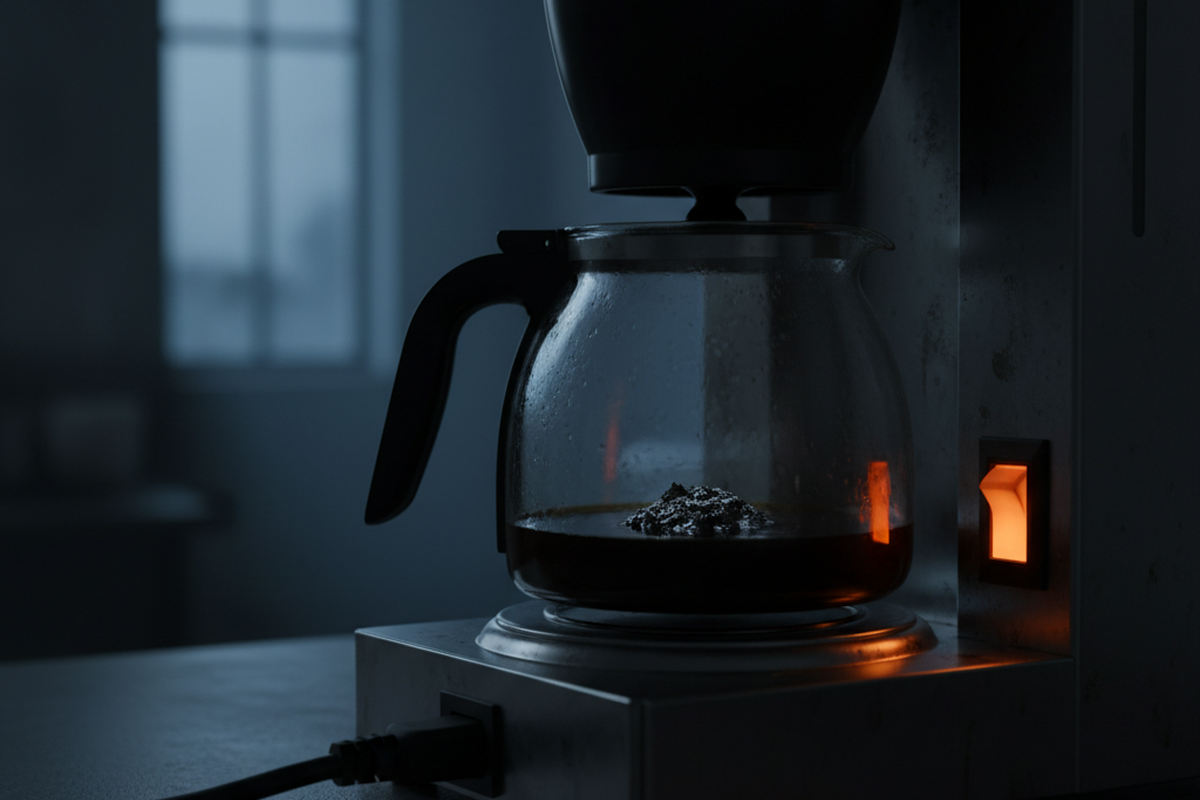Co je hodnocená životnost
Jmenovitá životnost je v kontextu osvětlovacího průmyslu odhadovaná doba nebo životnost svítidla, než se výrazně sníží jeho světelný výkon. Je to míra toho, jak dlouhou životnost má osvětlovací zařízení za běžných podmínek používání definovaných výrobcem. Jmenovitá životnost je důležitým faktorem, který je třeba brát v úvahu při výběru svítidel, protože udává spolehlivost a dlouhou životnost výrobku.
Hledáte řešení úspory energie aktivované pohybem?
Obraťte se na nás pro kompletní PIR senzory pohybu, produkty pro úsporu energie aktivované pohybem, spínače se senzorem pohybu a komerční řešení pro detekci přítomnosti/volnosti.
U svítidel LED se jmenovitá životnost obvykle měří v hodinách a představuje dobu, po kterou může svítidlo spolehlivě svítit. To znamená, že uživatel může očekávat, že svítidlo LED si zachová svůj světelný výkon po stanovenou dobu jmenovité životnosti. V případě tradičních žárovek, jako jsou žárovky nebo zářivky, se jako měřítko používá průměrná jmenovitá životnost (ARL). ARL se určuje testováním dávky žárovek a měřením doby, za kterou polovina z nich selže. Pokud má například žárovka hodnotu ARL 1 000 hodin, znamená to, že při testu 100 žárovek selhalo 50 z nich, když test dosáhl 1 000 hodin. Většina LED diod má podstatně delší ARL, obvykle kolem 50 000 hodin, přičemž některé značky, například LED diody Litetronics, mají ARL 100 000 hodin.
Podmínky běžného používání, jak je definuje výrobce, určují. jmenovitá životnost. Testy ARL se obvykle provádějí za podmínek, které se očekávají v aplikacích u zákazníků. Pokud je však žárovka používána v prostředí, které je neobvykle horké nebo chladné, vystavena působení mokrých nebo nebezpečných materiálů nebo umístěna v blízkosti vibrujících strojů či v jiné "abnormální" situaci, nemusí dosáhnout své ARL. Způsob, jakým je Světlo LED ovlivňuje také jeho jmenovitou životnost. Například časté zapínání a vypínání žárovky může snížit její životnost. LED žárovky jsou však obecně méně ovlivněny cykly zapínání a vypínání ve srovnání se staršími typy svítidel, jako jsou např. zářivky, kompaktní zářivkya HID žárovky. Obecně platí, že žárovka, která se zapíná a vypíná jednou denně, bude mít mnohem delší ARL než žárovka, která se během dne opakovaně zapíná.
Inspirujte se portfoliem pohybových senzorů Rayzeek.
Nenašli jste to, co jste chtěli? Nebojte se. Vždy existují alternativní způsoby řešení vašich problémů. Možná vám pomůže některé z našich portfolií.
Často kladené otázky
Proč je LED lepší než žárovka
LED sváteční osvětlení je nejen energeticky úspornější, ale oproti tradičním žárovkám nabízí i několik výhod. Jednou z hlavních výhod je jejich bezpečnost - LED diody vyzařují méně tepla, což snižuje riziko požáru nebo popálení. Kromě toho jsou LED diody odolnější, protože jsou vyrobeny z epoxidových čoček namísto křehkého skla, takže jsou méně náchylné k rozbití.
Jak dlouho vydrží stropní svítidla LED
Zatímco životnost žárovek je přibližně 1 000 hodin, životnost stropních svítidel LED je 50 000 hodin nebo i více. Tato prodloužená životnost se může potenciálně promítnout do několika desetiletí používání při stejném tempu.
Proč se moje žárovky LED tak rychle vypalují?
LED žárovky mají v porovnání s jinými žárovkami nižší tepelný výkon, což ale také znamená, že mohou být náchylnější k přehřátí. Tato citlivost na přehřátí může mít za následek kratší životnost žárovek. Chcete-li prodloužit životnost LED žárovek, je důležité udržovat je v chladu. Kromě toho se ujistěte, že používané žárovky mají vhodnou velikost pro danou montáž.
Vydrží světla LED skutečně 20 let
U LED žárovek se často uvádí, že mají životnost 5, 10, 17 nebo dokonce 20 let. Je však důležité si uvědomit, že tato čísla mohou být někdy zavádějící. Proto našim zákazníkům doporučujeme, aby si buď provedli vlastní výpočty, nebo se s námi poradili o stanovení přesnějšího odhadu životnosti LED žárovek.
Jaká je nejdelší životnost žárovky, kterou si můžete koupit
LED žárovky jsou známé svou dlouhou životností ve srovnání s žárovkami. Kromě dlouhé životnosti jsou LED žárovky energeticky úsporné a produkují méně tepla. Za zmínku stojí, že LED žárovky jsou kompatibilní se stmívači, což poskytuje flexibilitu v možnostech osvětlení.
Proč žárovky LED nevydrží dlouho
Na rozdíl od klasických žárovek nevytvářejí LED žárovky teplo. Tato vlastnost přispívá k jejich vysoké energetické účinnosti. Jednou z nevýhod však je, že LED žárovky mohou být náchylné k přehřátí, což může vést k předčasnému vyhoření.
Vydrží světla LED 10 let
Většina LED žárovek má životnost přibližně 50 000 hodin, což znamená, že náhradní LED žárovky budete muset kupovat až po 10 letech od jejich prvního nákupu. Naproti tomu žárovky a halogenové žárovky obvykle vydrží pouze 1000 až 2000 hodin, zatímco stmívatelné LED žárovky mohou vydržet až 100 000 hodin.

